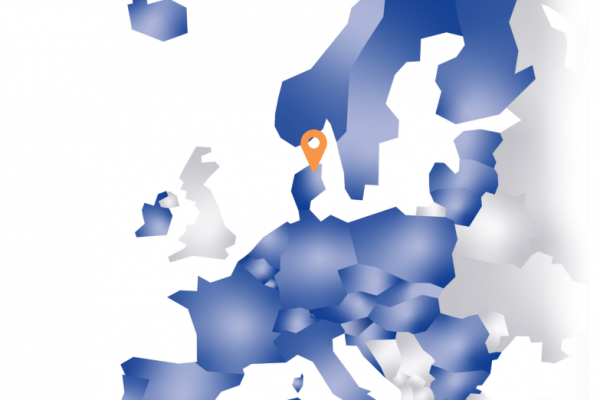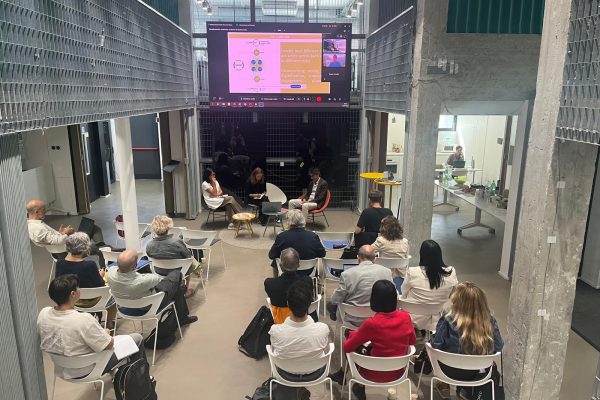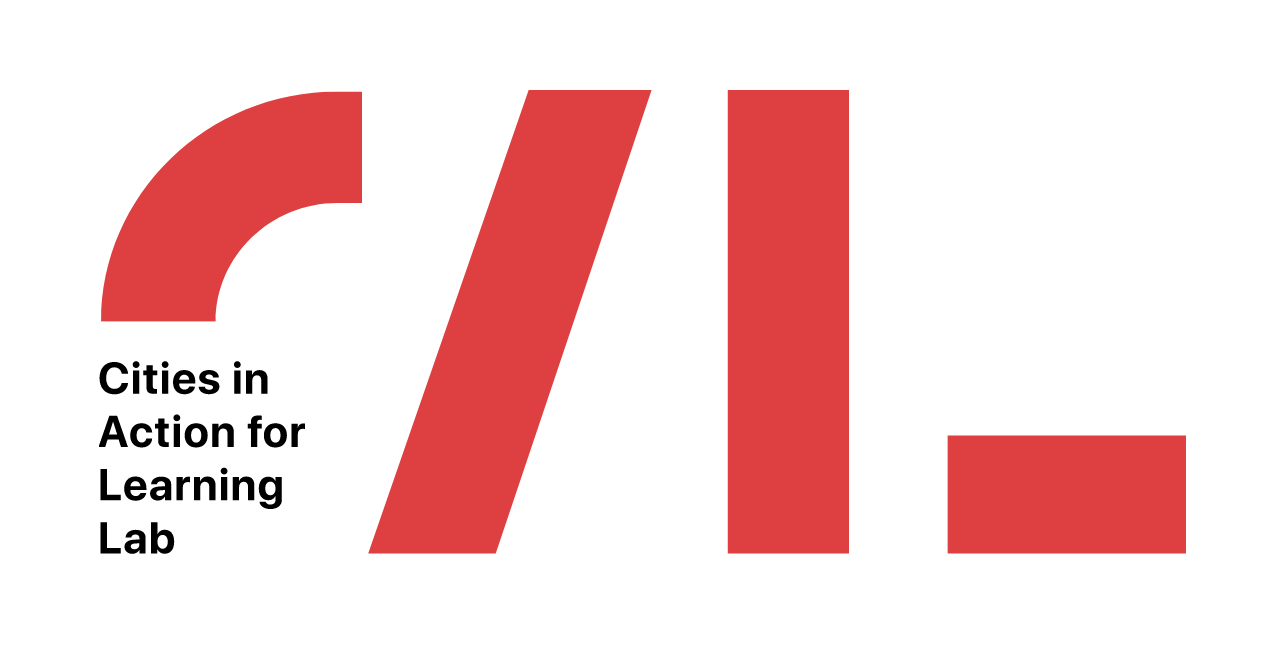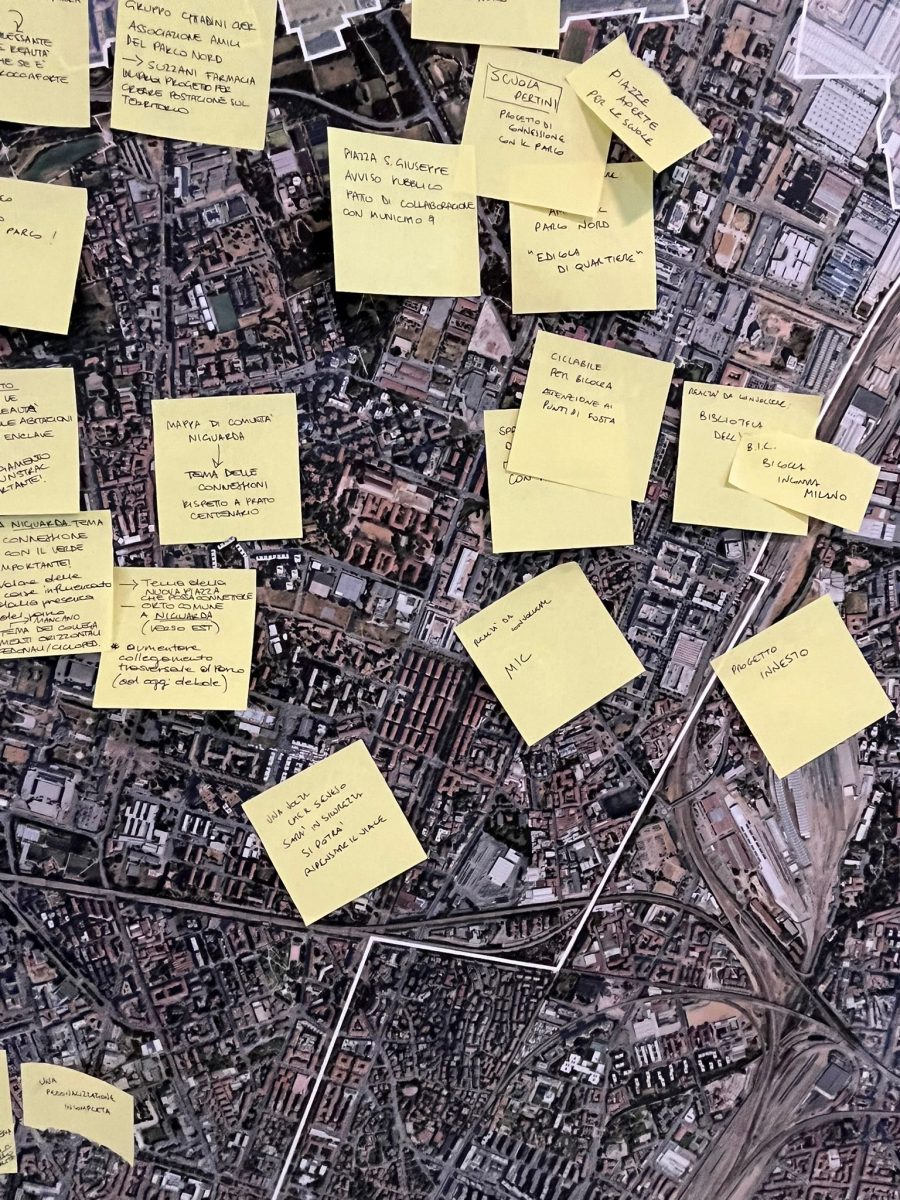
Participatory reflections on urban space and transformation in Municipality 9 (City of Milan)
Envisioning Translocality
Enabling Institutions
Enforcing Practices
The recent focus group held on May 23 and led by the territorial laboratory IFe Civic Lab, in collaboration with the local administration, as part of the initiative “Space and change in the neighborhoods of Municipality 9”, represented a significant moment of shared reflection on the dynamics of urban transformation, bringing together both institutional and civic actors. The initiative seeks to activate an ongoing, in-depth dialogue on contemporary urban space, viewed through the lens of everyday life and proximity. Its activities are based on a networked model of engagement – inspired by the structure of fungal mycelium and hyphae (ife in italian) – in which organizations and citizen groups contribute through simple but meaningful actions such as collective mapping, individual inputs, deliberative experiments, and co-design sessions.
The meeting brought together representatives of organizations active in the north-western neighborhoods of Milan. Building on the public space regeneration proposals for 12 neighborhoods developed by students from the Urban Design Studio (AUIC School-Politecnico di Milano), coordinated by Anna Moro and Alessandro Frigerio, it provided an opportunity to foster integration between and situated territorial knowledge and academic research. The event enabled dialogue between associations, local actors, students, and institutional representatives – including members of Municipality 9, who hosted part of the working session at the municipal offices.
The ideas discussed for the neighborhoods of Bovisa, Dergano, Affori, Bovisasca, Comasina, Bruzzano, Isola-Garibaldi, Maciachini, Prato Centenaro, Niguarda, Bicocca, and Fulvio Testi included reconnecting fragmented spaces, redeveloping specific squares and underused places, creating pedestrian and cycling paths, replacing impermeable surfaces with green spaces, and more. To discuss these ideas, the mixed group of citizens and students employed a hybrid methodology (combining in-person interaction with digital tools), developed in connection with the European project, ORBIS-Augmenting participation, co-creation, trust and transparency in deliberative democracy (Horizon Europe) which explores deliberative democracy and the potential of digital technologies in participatory processes.
Interaction and experimentation with deliberative tools
The first part of the meeting focused on the experimental component of the ORBIS project, testing the “Democratic Reflection” platform – an innovative tool developed by the Knowledge Media Institute (KMi) of the Open University (UK), now enhanced with ORBIS AI Tools – which allowed real-time collection of participants’ reactions to the design proposals, offering an immediate snapshot of consensus and dissent within the audience.
This was followed by a discussion phase in which territorial representatives and members of local organizations reflected on the students’ work, highlighting themes, spaces, local networks, and existing projects within the areas addressed by the 12 proposals. These territorial contributions will also feed into the ongoing collective mapping process, carried out using additional tools provided by the ORBIS project, aimed at identifying critical issues and discussion topics related to the transformation of urban space in the neighborhoods of Municipality 9.
Objectives and relationship with the institutional sphere
The overarching goal of the process is to generate a shared reflection on the transformation of public space, contributing to the definition of strategic priorities for the urban regeneration of the 12 neighborhoods. In this perspective, the meeting concluded with the sharing of results with the representatives of Municipality 9, with a dual aim: to meaningfully contribute to the local Sustainable Urban Mobility Plan (PUMS) currently under development by the Municipality, and to outline a set of public space guidelines for the area, curated by the IFe laboratory.
This moment further strengthened the project’s objective to connect civic insights with regulatory frameworks, laying the groundwork for a more inclusive approach to urban regeneration. The experimentation will continue in the coming months through further forms of digital engagement and in-person dialogue.
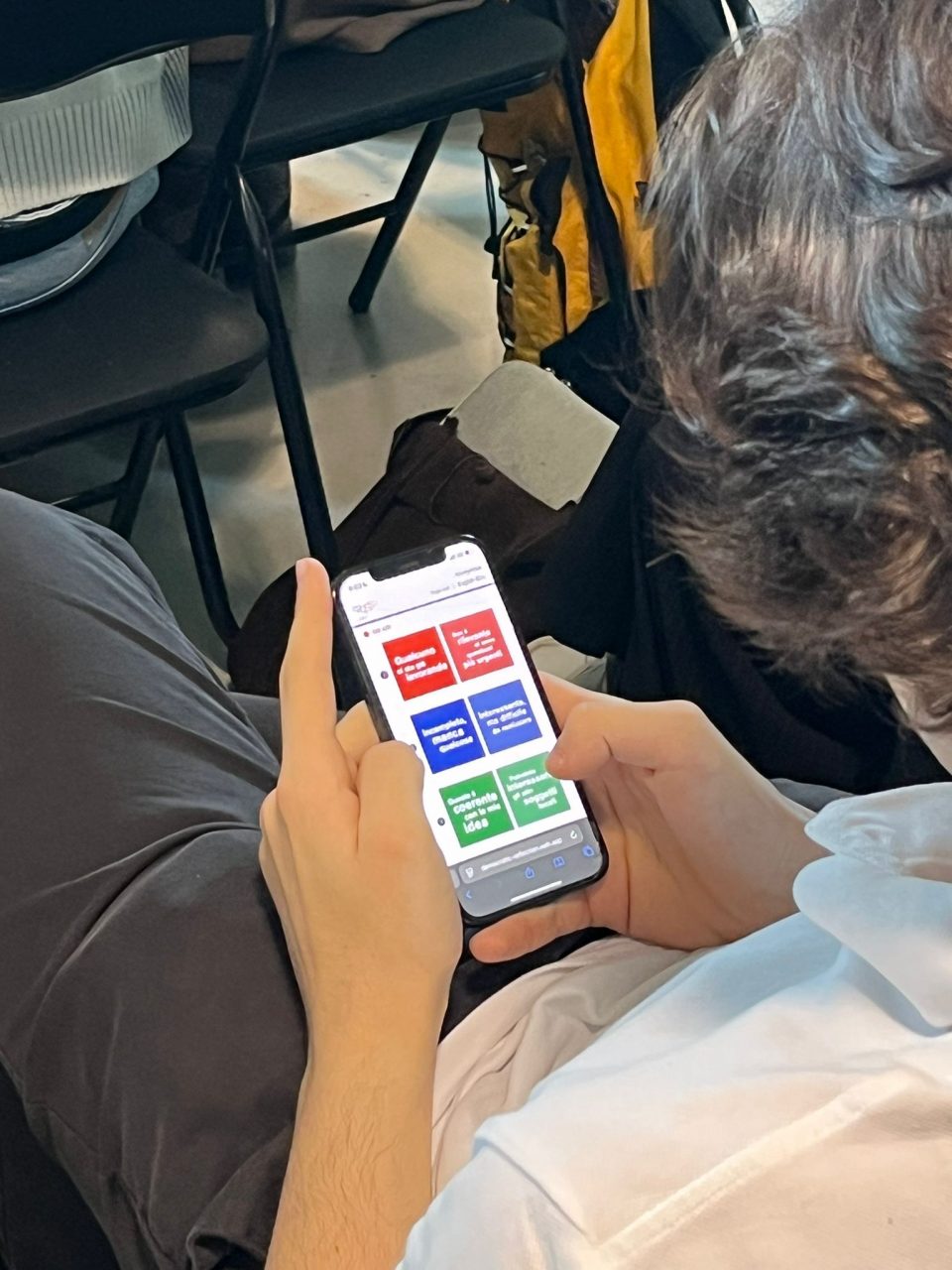
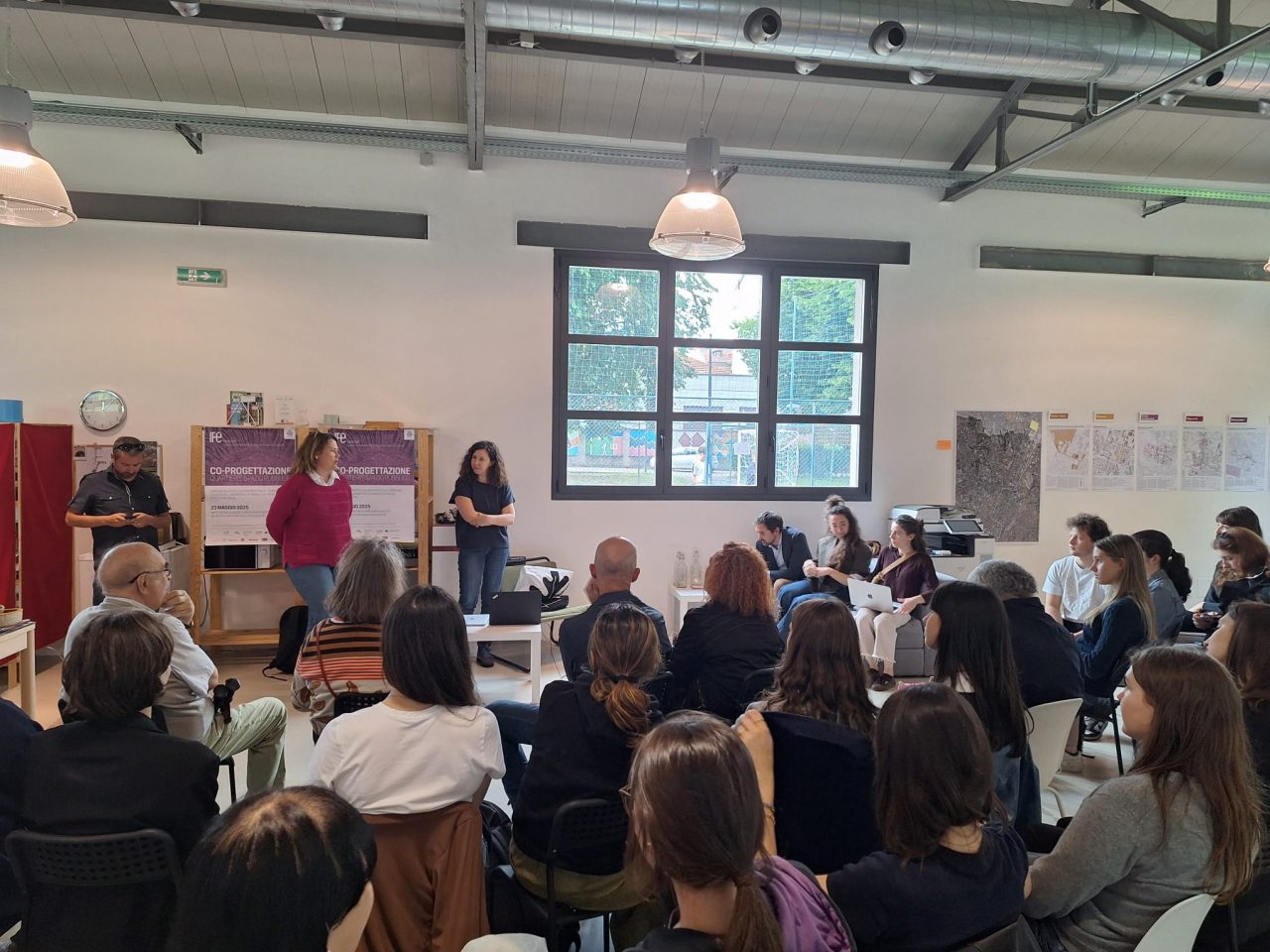
_____
Research team
Anna Moro, Irene Bianchi, Elena Acerbi
Participants
Francesco Purpura, Federico De Ambrosis, Cecilia Di Gaddo, Paola Brioschi, Anna Moro, Irene Bianchi, Elena Acerbi, Ilaria Tosoni, Alessandro Frigerio, Teresa Di Muccio, Lorenzo Grenga, Alessia Viola, Anita Pirovano, Andrea Motta, Michele Stimola
The students of the Urban Design Studio (AUIC School-Politecnico di Milano): Pollastro Francesco, Ponzin Giacomo, Populin Riccardo, Porzio Ludovica, Possemato Eleonora, Pozzi Sara, Prada Chiara, Prataviera Alessandro, Pratico’ Sylvia, Premazzi Federico, Prestini Jacopo, Prete Giovanni, Previtali Sofia, Priarone Anna, Proietti Agata, Pulcinelli Angelica, Queiroli Davide, Raboy Carl Adlem, Racana Nicole, Raia Silvia, Ramaroli Marta, Ravanelli Matteo, Ravasio Vittoria, Rebughini Stefano, Recalcati Alessio, Repaci Domenico, Ricci Timoteo, Rigoni Aurora, Rinaldi Giulia, Robillos Holy Lyka, Roggeri Cecilia, Roma Francesca, Romagnoli Alice, Romanelli Giulia, Romano Aurelia, Rombaoa Cyril Rhey, Romeo Jessica, Roncoroni Carlotta, Rosati Costanza, Rossetti Andrea, Rossetti Angelica, Rossetti Eleonora Giorgia, Rossetti Martina, Rossetto Sofia, Rossi David, Rossi Matteo, Rossini Davide, Rosso Edoardo Mauro Andrea
_____
Organized by: Rob de Matt and CALL-DAStU, Politecnico di Milano university with the support of the CRAFT-DAStU Center-Politecnico di Milano.
